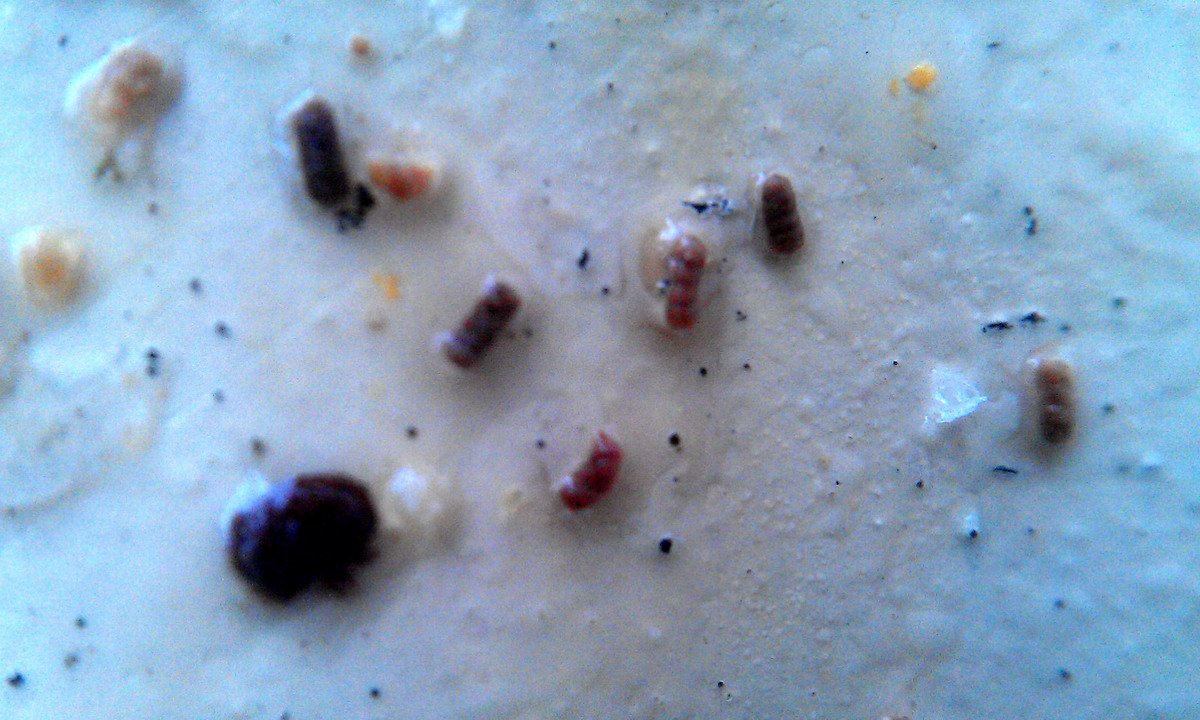- Joined
- Jun 4, 2015
- Messages
- 9,135
- Reaction score
- 15
- Hive Type
- National
- Number of Hives
- 17 nucs....

Greater wax moth larve
Nothing to lose, swap as many frames as possible. I reckon bees are doomed I am afraid!
Put them in a nuc. Dummy them down if need be, so that there are no unguarded frames. Good luck.It's 13° here and I thought I'd take the opportunity to remove the last feeder and to check on the progress of a weak colony. Removed the feeder without disturbing the bees too much but when I looked through the transparent crown board on the weak colony I saw three frames at each extremity absolutely covered in wax moths and their webbing.
Is there any treatment I can give at this time of the year that won't harm the bees and will not require all the frames to be pulled out? I was wondering whether a vapourised Oxalic Acid-based treatment would kill the wax moth larvae off?
I know that, whatever the question, the answer is strong colonies but this colony has a bit of history. Are the bees doomed?
Any thoughts?
CVB
Put them in a nuc. Dummy them down if need be, so that there are no unguarded frames. Good luck.

Put them in a nuc. Dummy them down if need be, so that there are no unguarded frames. Good luck.


Looks like could be mouse droppings, they look a little too big for earwig droppings.
No other sign of mouses. Like bedding or damage to comb.
This poo not spread across colony but as an odd patch.
Enter your email address to join: